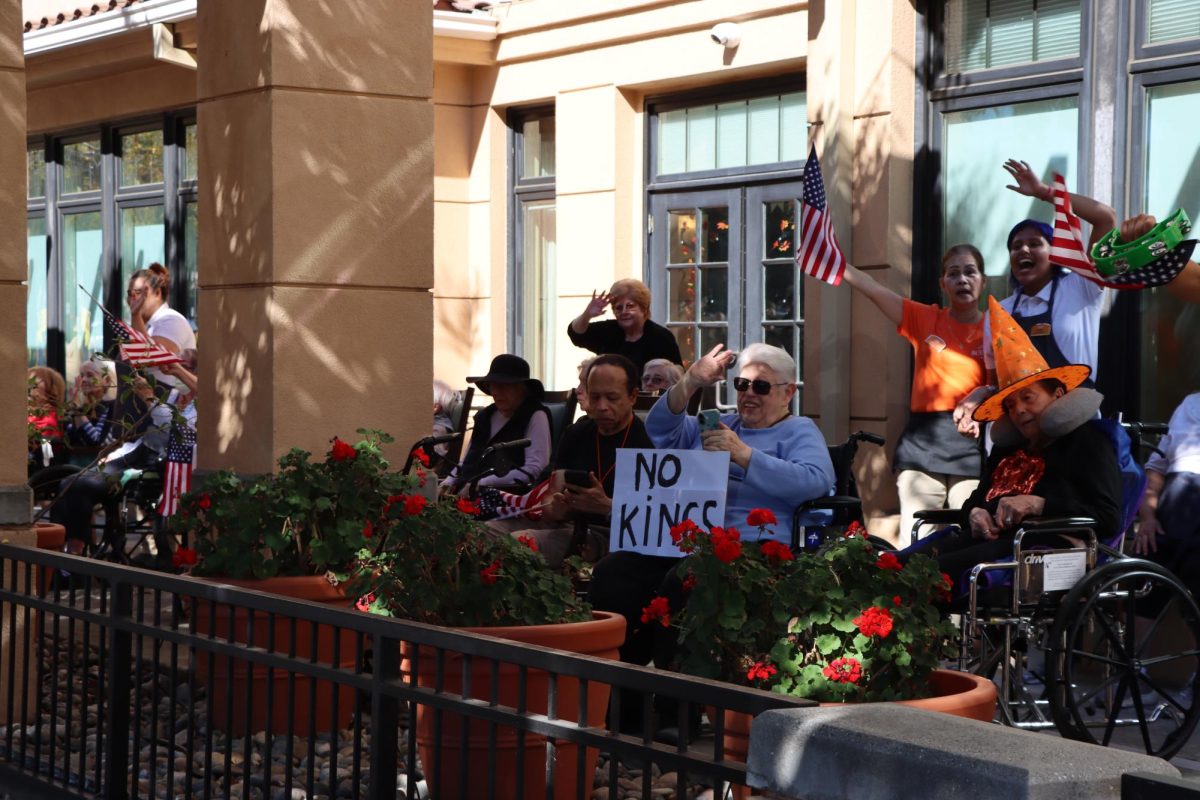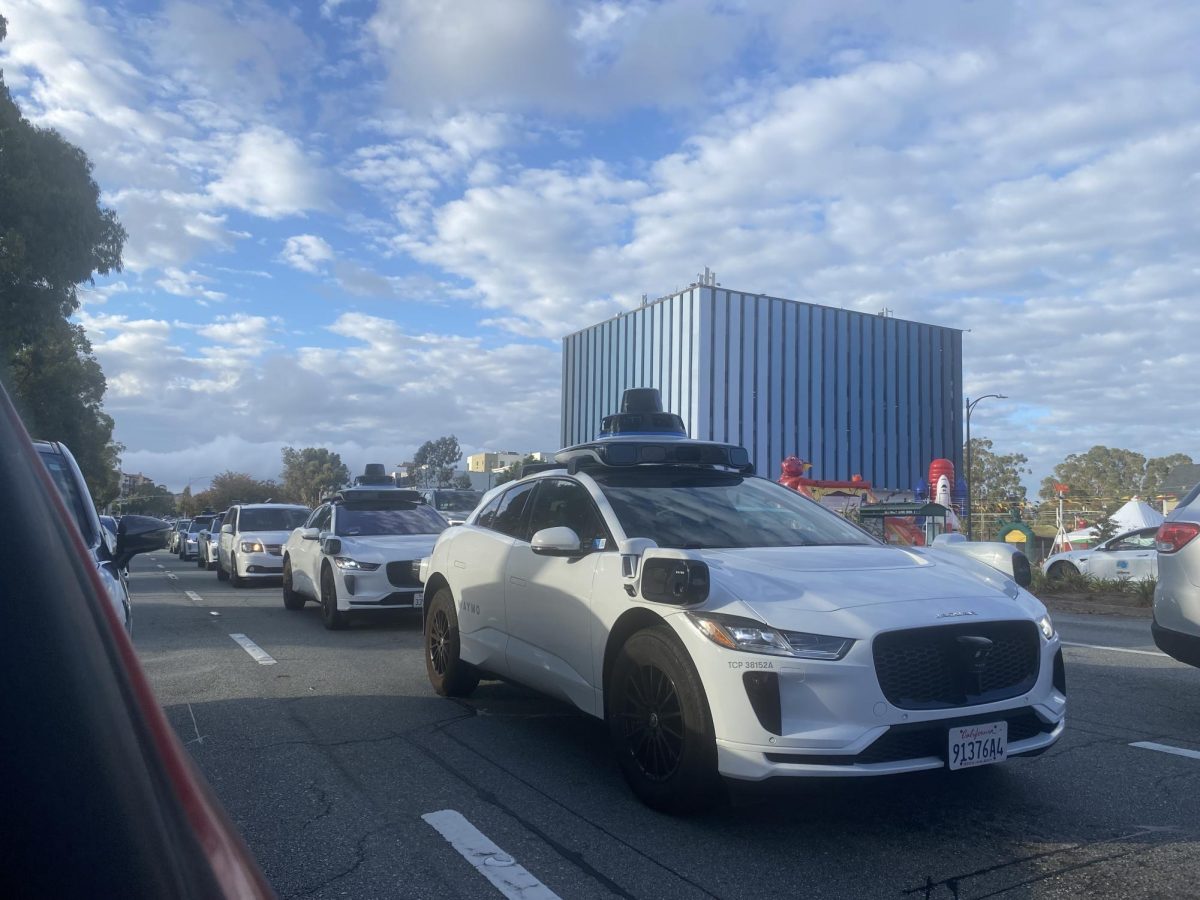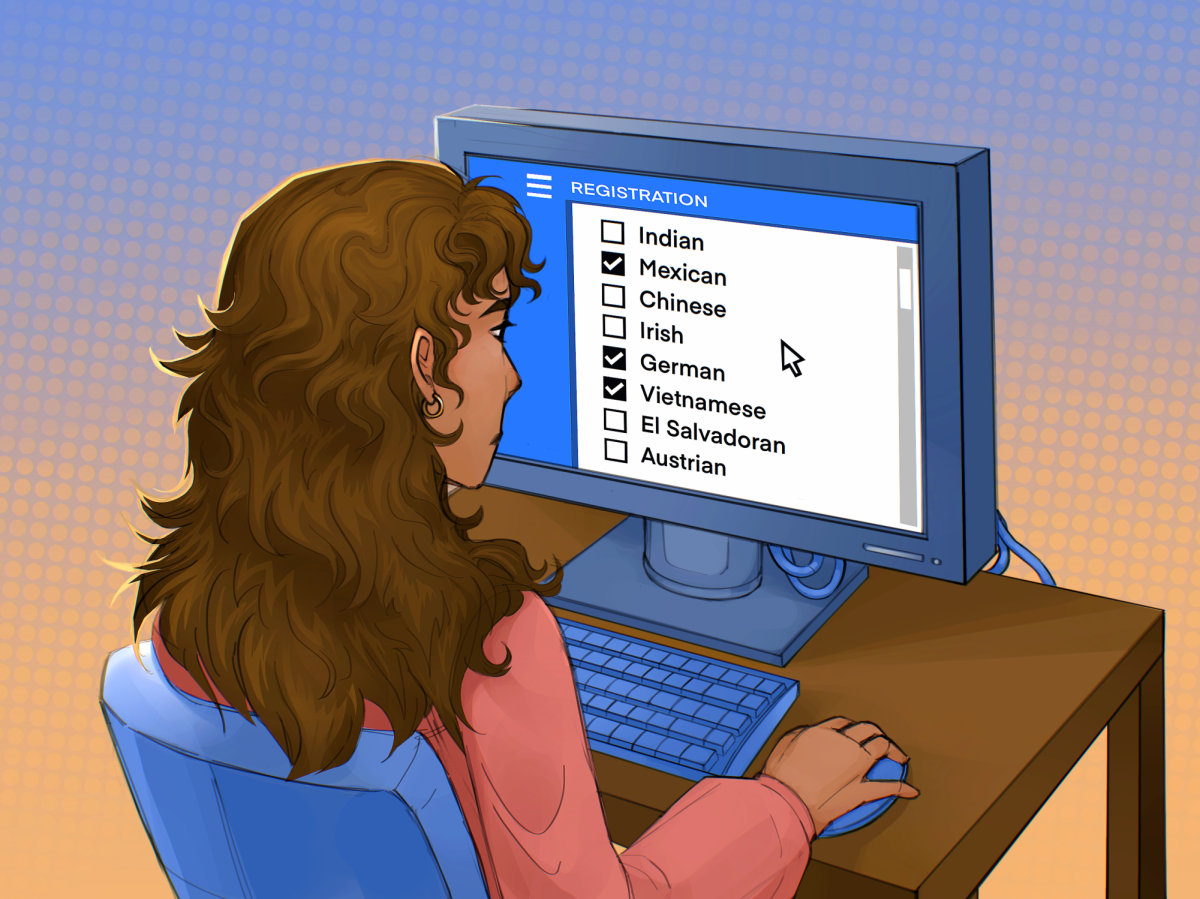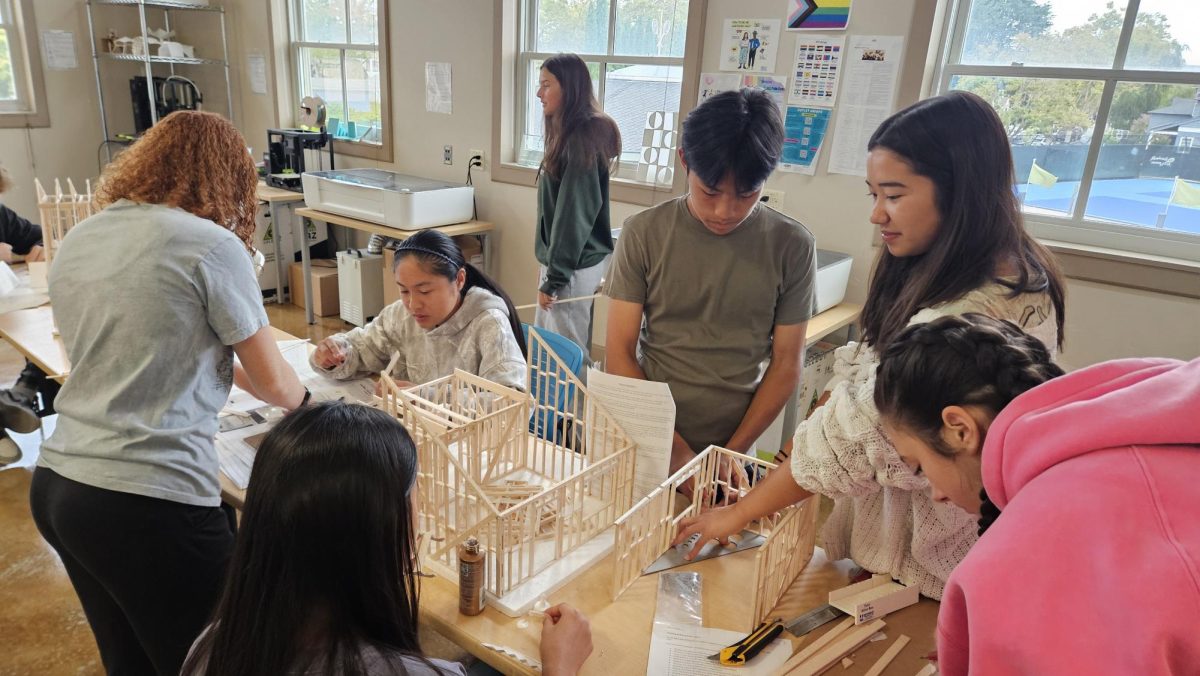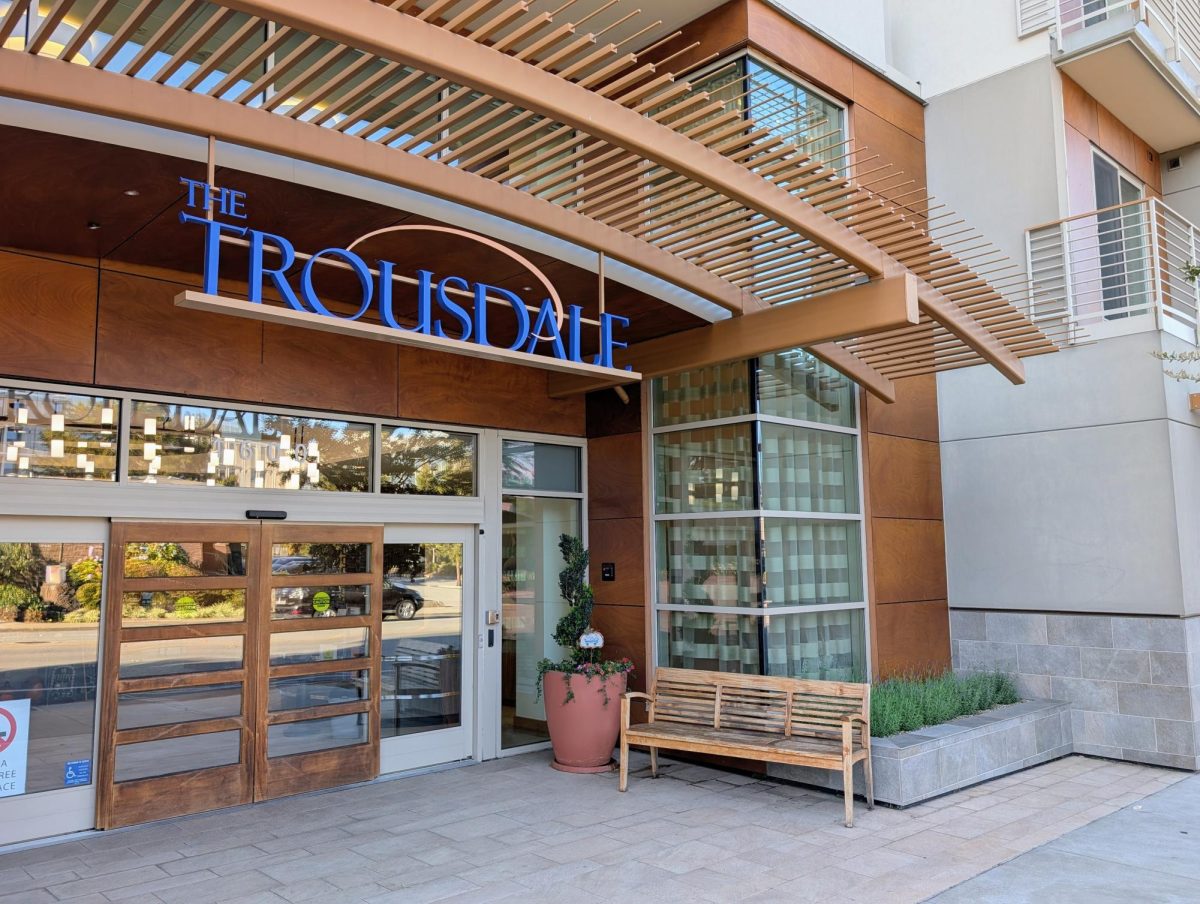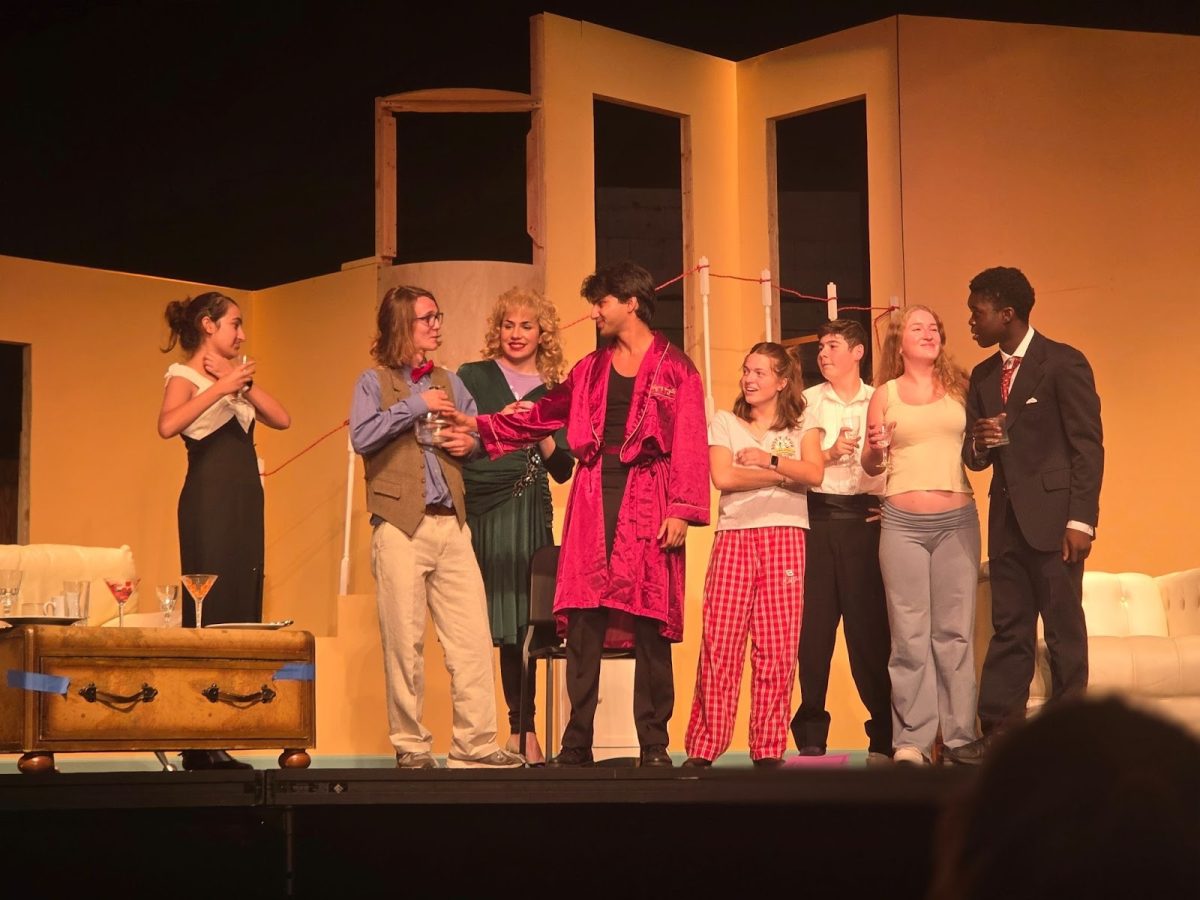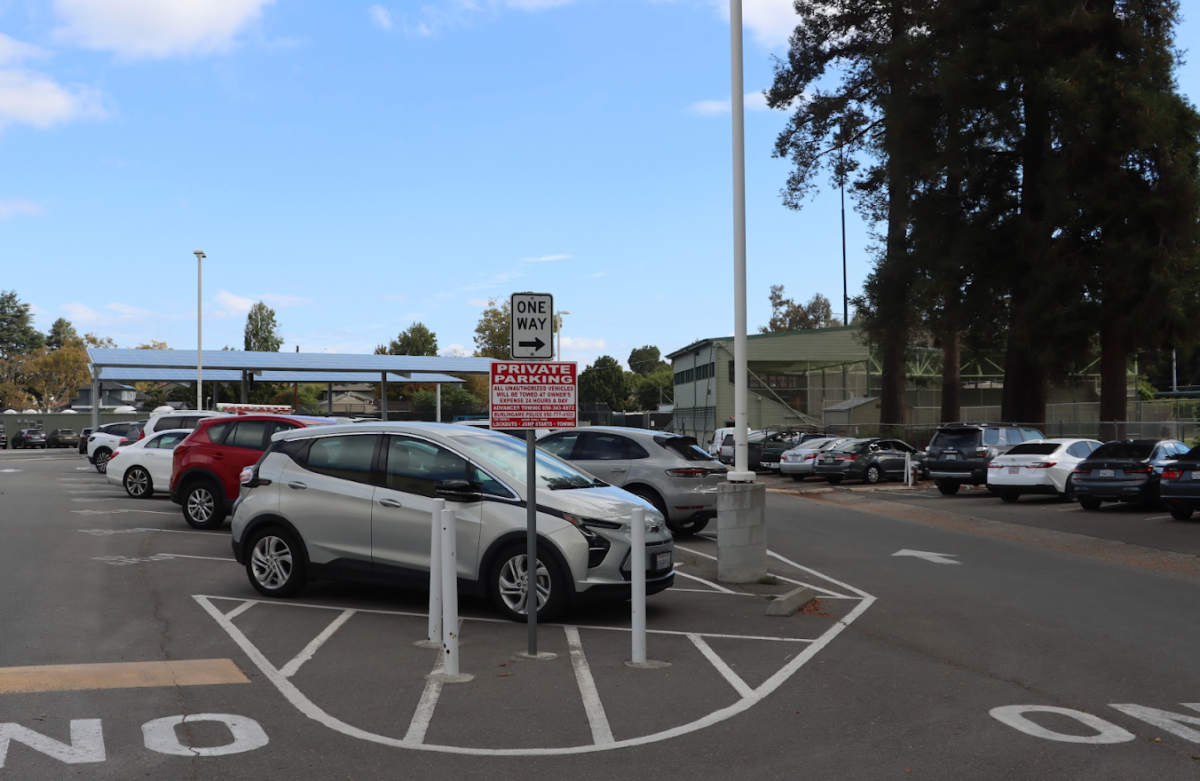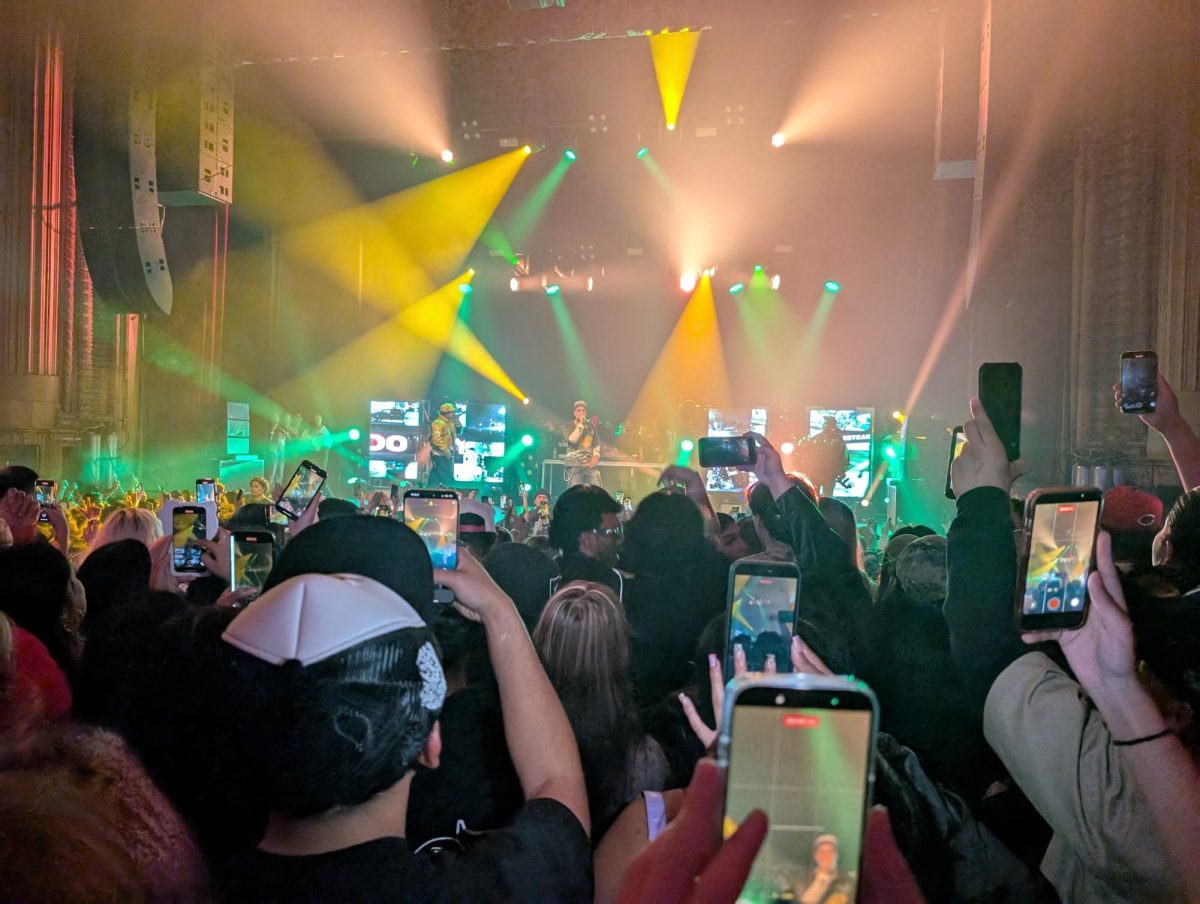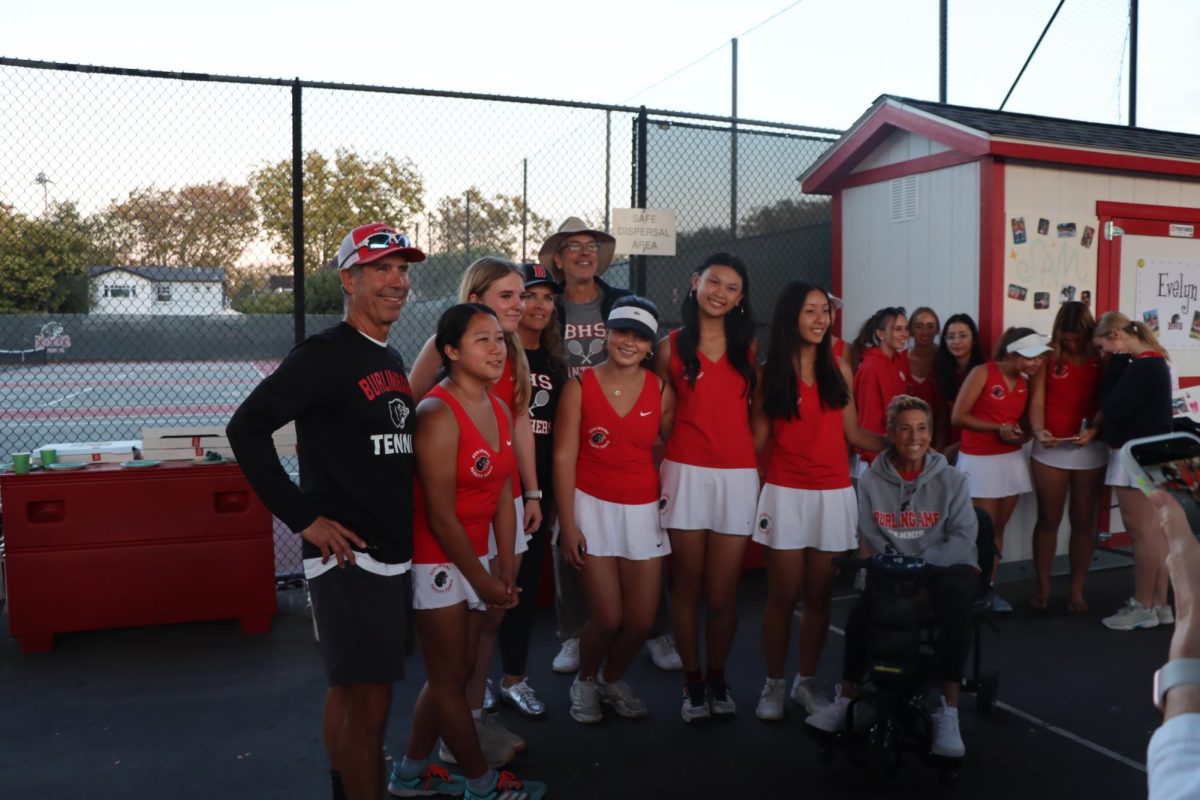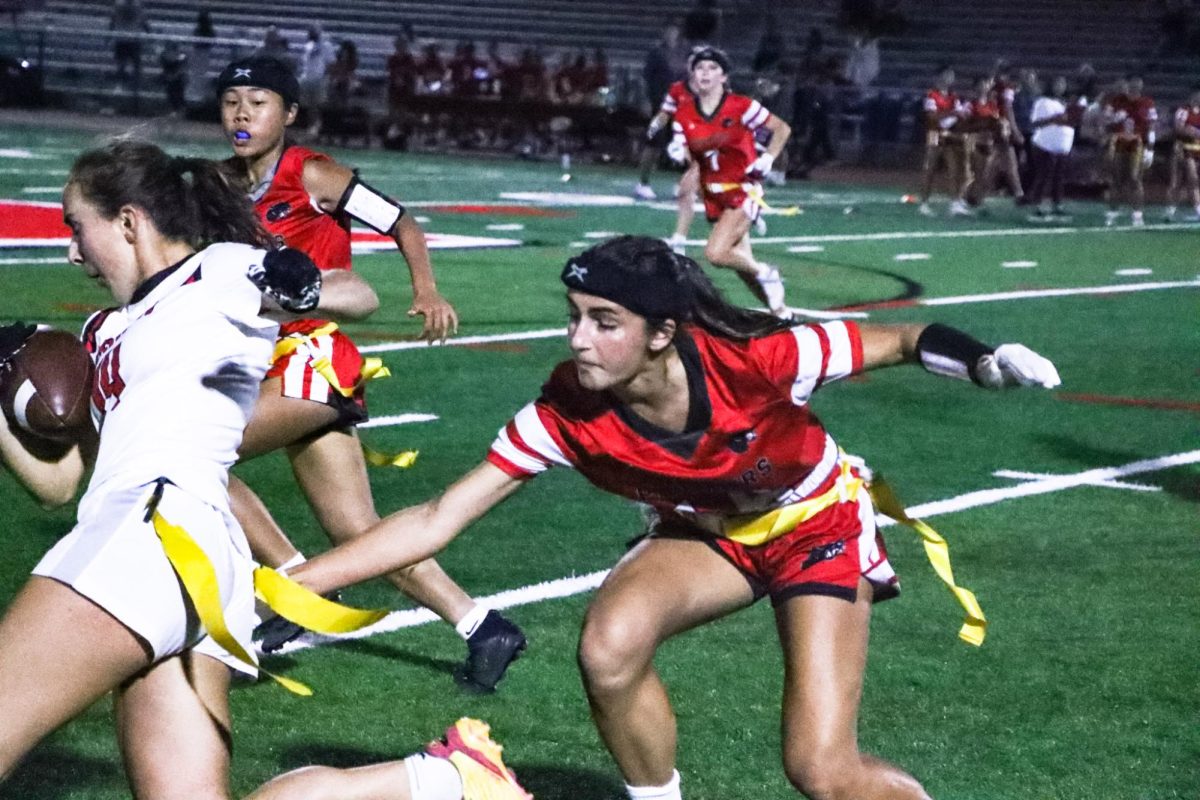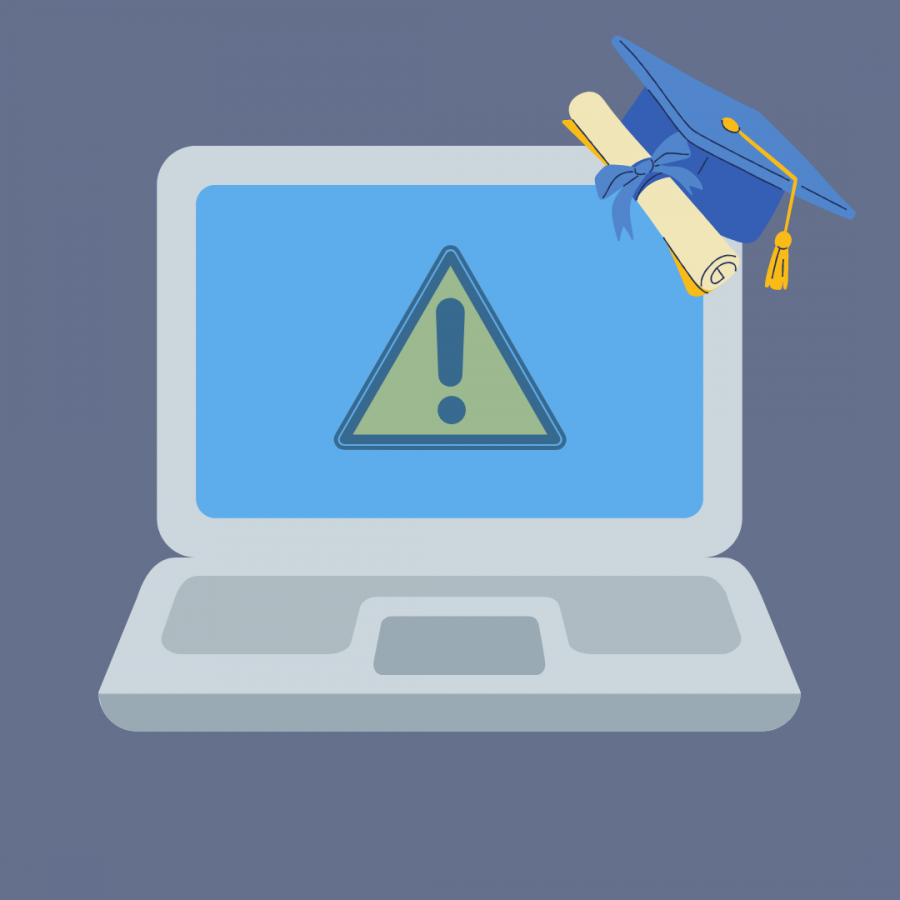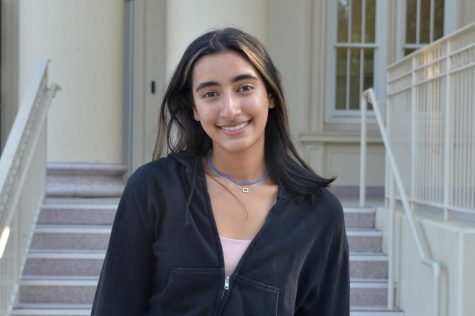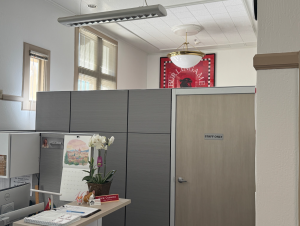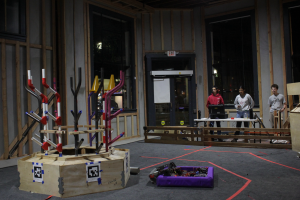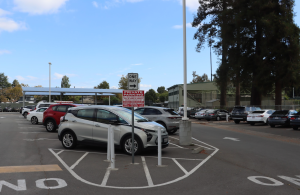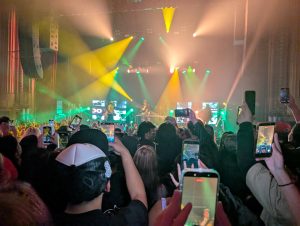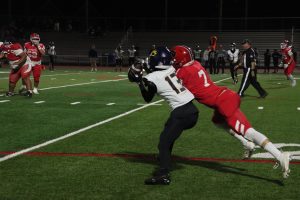Did Burlingame do a good job in administering and preparing for distance learning?
Distance learning challenges students, teachers and administrators to adapt to a new reality.
November 23, 2020
Throughout distance learning, perspectives on how Burlingame and the administration chose to respond to COVID-19 have varied. Some students argue the administration did the right thing, while others rally for improvement. While the administration and schools everywhere had no cheat sheet on how to tackle education in a global pandemic, could Burlingame have done better to ensure all were informed of protocol for technological difficulties and teaching teachers to keep students engaged?
“We checked out a Chromebook [to every student]. Again, we know there’s limitations with the Chromebook, but we did kind of make sure that every student at least had a Chromebook to use,” Principal Paul Belzer said.
They also distributed hotspots to those with internet issues. Although the administration guaranteed every student a way to attend virtual classes, many have expressed concerns about the device’s limited abilities including bad audio, and inability to perform all Zoom tasks. This forces some to only respond and interact with the class through the chat feature, which takes away from their learning experience.
“We’ve been monitoring the students who have not been marked distance learning engaged, and we’ve had outreach from our classified staff or family outreach coordinator [or] our attendance office, to then reach out to those families and our counseling staff to find out what’s going on,” Belzer said.
Even with the administration’s strides to facilitate a positive experience for students, there are still a plethora of obstacles and problems to fix. The teachers and administrators attended an orientation before the school year began where they learned how to take advantage of online resources. The most common educational tools they began to incorporate are Canvas, Zoom, Flipgrid, Nearpod and Peardeck. Teachers were introduced to ways to engage students, despite students simply appearing as boxes on their screen. While this was a triumph in the administration’s eyes, some students had different views on teacher’s techniques.
“I normally enjoy going to school a lot, and I enjoy learning. But when it’s the same thing … you don’t have motivation to learn,” junior Rajiv Koliwad said.
Koliwad feels that teachers give repetitive lessons losing the usual excitement, and in turn, fail to accomplish the administration’s goals of keeping students engaged.
“There’s no variability in lesson plans at all. I know what’s going to happen every day in every class, all the time,” Koliwad said.
While Koliwad pointed out the need for engagement in virtual classrooms, most teachers share a different perspective.
“The advantage of having a couple asynchronous days I feel like we know how to do [both asynchronously and] synchronously. We’ve learned how to do asynchronous, so we’re kind of prepared. Either way, the only issue is just communication, but we have Canvas. So, we have a learning management system, we [are] pretty well prepared to be honest,” Spanish teacher Stephen Held said.
Held mentioned the recent implementation of asynchronous days, where students are not required to attend Zoom classes, instead completing assignments at their own pace. Since students and teachers now know how to learn with and without Zoom classes, Held argues that Burlingame is adequately prepared if technology slips up or if the internet cuts out.
Similarly, with classes that are more difficult to teach online, such as Physical Education (PE), the administration funded new programs to breed success. The popular program, Platform allows students to follow along with online videos of experienced professionals. This program has been very helpful to the teachers because it allows them to give students quality instruction despite not having space or materials to do so themselves.
“The district has, at least for me, been super supportive… They went and got Platform for us, which is huge. Because a lot of us … don’t have the space to stand back and show you guys how to do a squat and also watch all of you. So, that’s super supportive, in my opinion, because that’s all funding,” Burlingame PE teacher Marie Clarke, said.
Clarke speaks highly of the administration’s use of resources and applauds their help.
“So, [distance learning is] not perfect, but we’ve eliminated the barriers, but there are still obstacles … barriers meaning I can’t do it at all … obstacles meaning I can do it, but I still have problems that come up … I think we’ve done well [with] be[ing] flexible and nimble to respond to things we couldn’t anticipate,” Belzer said.


